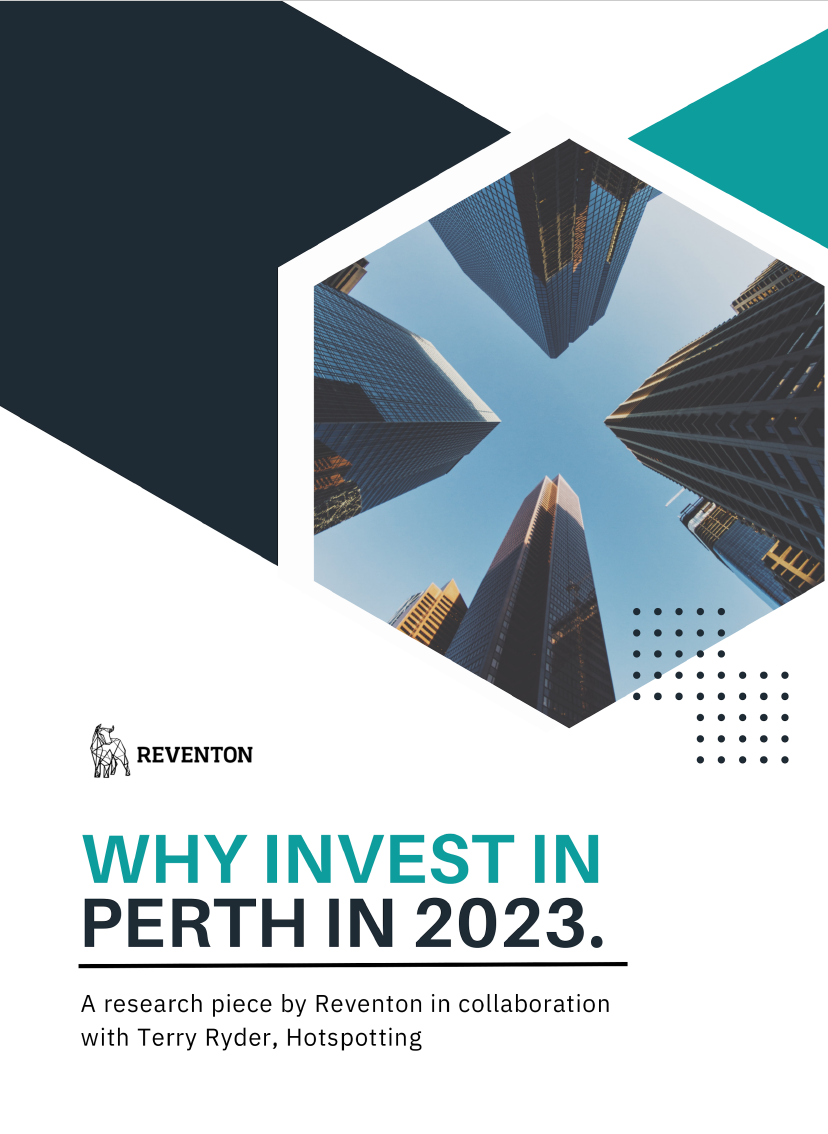RBA Reaffirms Rate Stability

The Reserve Bank has reiterated that it does not intend to lift interest rates next year, despite growing industry speculation of a rise.
This week, at the final board meeting of the year, the RBA left the cash rate at 0.10% and Governor Philip Lowe announced that the latest data and forecasts did not warrant an increase in the cash rate during 2022.
Lowe says that, despite the emergence of Omicron, leading indicators point to a strong recovery in the labour market, job ads are at historically high levels and wages growth has picked up.
“The emergence of the Omicron strain is a new source of uncertainty, but it is not expected to derail the recovery,” he says. “The economy is expected to return to its pre-Delta path in the first half of 2022.
“The Board will not increase the cash rate until actual inflation is sustainably within the 2% to 3% target range. This will require the labour market to be tight enough to generate wages growth that is materially higher than it is currently.”
Investors Pile Into The Market

Investors are borrowing big to buy real estate as first-home buyers take a back seat, but the market-share of investors remains below historical averages.
Economist Nerida Conisbee says investors have not been put off by rising property prices and are taking out new loans at near-record levels.
ABS lending indicators show loans to investors rose by 1.1% to $9.73 billion in October, the highest amount recorded in six years and more than double the recent low point of $4.23 billion at the start of the pandemic in May 2020.
ABS head of finance and wealth Katherine Keenan says the value of new loan commitments for investor housing has grown for 12 consecutive months.
“While the value of investor loan commitments has grown 90% over the past year, the number of investor loans only accounted for 33% of all new loan commitments in October,” she says.
.
Boom Not Over: Market Keeps Growing

Australia’s pandemic property boom is continuing with the latest figures revealing house values have increased for the 14th consecutive month.
CoreLogic figures show values increased 1.3% in November, the lowest increase since January. But house values are rising faster in Brisbane and Adelaide with Brisbane’s home price up by 2.9% in November (the fastest rate in 18 years) and Adelaide up 2.5% (the highest rise since 1993).
“Housing affordability in Brisbane and Adelaide is less pressing, there have been fewer disruptions from lockdowns and interstate migration is fuelling housing demand,” says CoreLogic research director Tim Lawless.
“It’s still a hot market,” he says. “The boom isn’t over. Even in Melbourne and Sydney, where it’s slowed, you’re still seeing values rise 1% in a month. Even though the market has slowed in those cities, the rate is still well above average.”
Rental Property Pool Has Shrunk

The number of investors entering the property market has increased, but it is not keeping up with those leaving the market, leading to a shortage of rental properties. An exodus of property investors in previous years has resulted in the largest shortfall of rental homes being in seven years, according to new data from REA Group.
It says smaller returns, tighter lending policies and changes to landlord’s rights has caused many investors to sell more than buy, resulting in a shrinking rental market.
Simon Pressley from Propertyology says there are 20,000 fewer rental properties being advertised nationally compared to five years ago.
“Plain and simple, rental supply is a direct outcome of investor activity. It has always been that way,” he says.
“Since 2015, investor participation rates in this country have been well short of demand.”
The outcome is vacancy rates below 1.5% in six of the eight capital cities and in most regional areas.
Vacancies Hit Low, Rents to Rise
Competition for rental properties is higher than ever with the national vacancy rate now just 1.5%, but with most cities well below that level.
Renters are expected to find it even tougher when international borders re-open and international students and migrants return.
Domain figures show Hobart has the lowest vacancy rate of just 0.3%, followed by Adelaide 0.4%, Perth 0.5%, Canberra and Darwin, 0.9% and Brisbane 1.2%. Sydney has a vacancy rate of 2.3% and Melbourne 3%.
Domain chief of research and economics Nicola Powell predicts a “dramatic impact” on vacancy rates once international borders reopen. Rental demand will likely climb, reducing the already limited proportion of vacant homes and pushing prices beyond already record highs.
Graham Cooke, head of consumer research at Finder, says renters should start preparing for higher housing costs. “The pandemic turned the rental market on its head in some areas,” he says.
Quote Of The Week“It’s still a hot market. The boom isn’t over. Even in Melbourne and Sydney, where it’s slowed, you’re still seeing values rise 1% in a month. Even though the market has slowed in those cities, the rate is still well above average.”
CoreLogic research director Tim Lawless

Thinking of buying an investment property? Book a free consultation with a Reventon property advisor today!
Talk to the Reventon team and we’ll give you all the guidance you need to be a successful at investing your money.



















